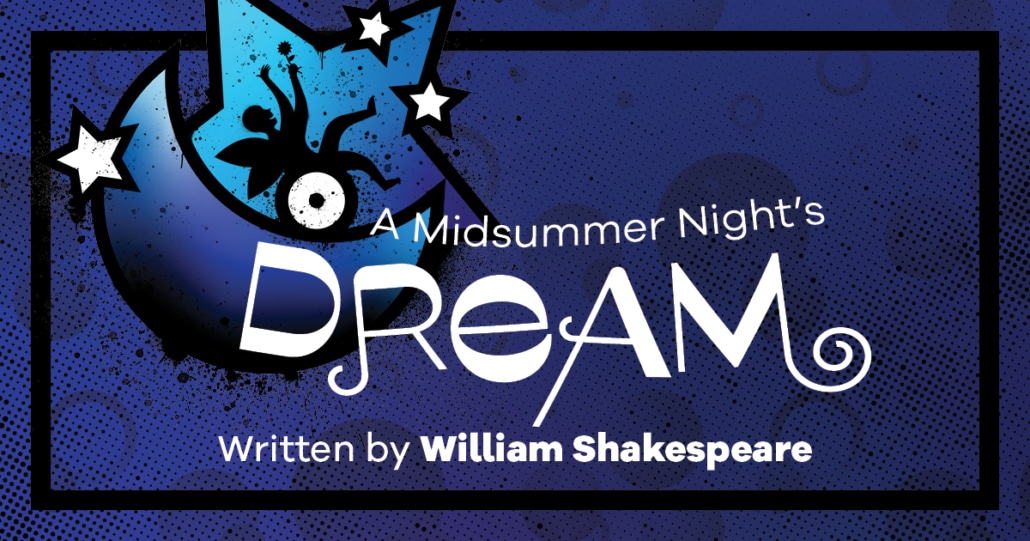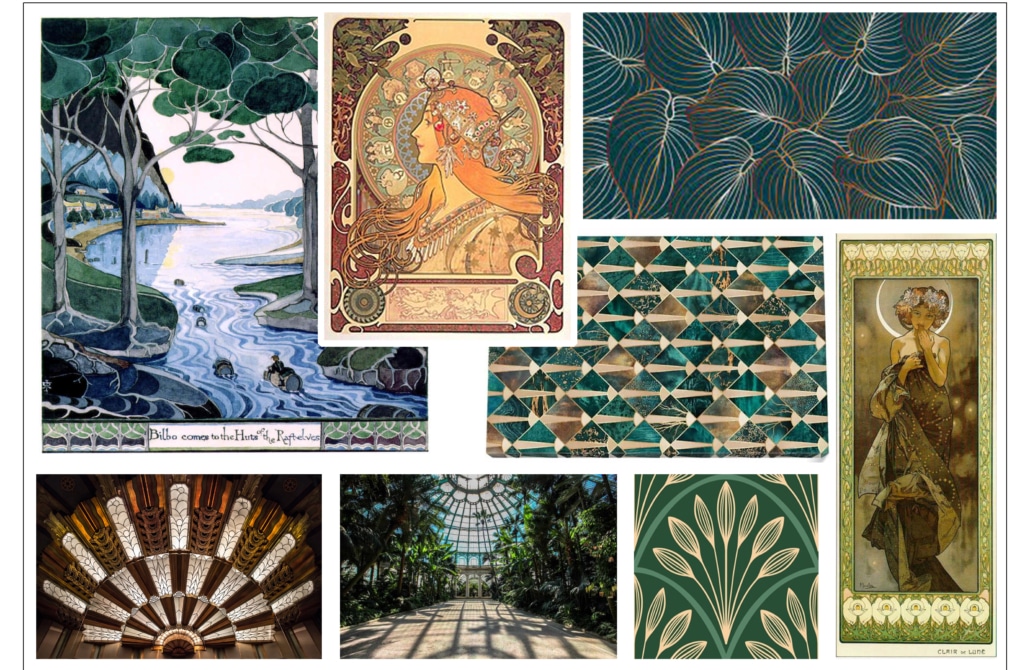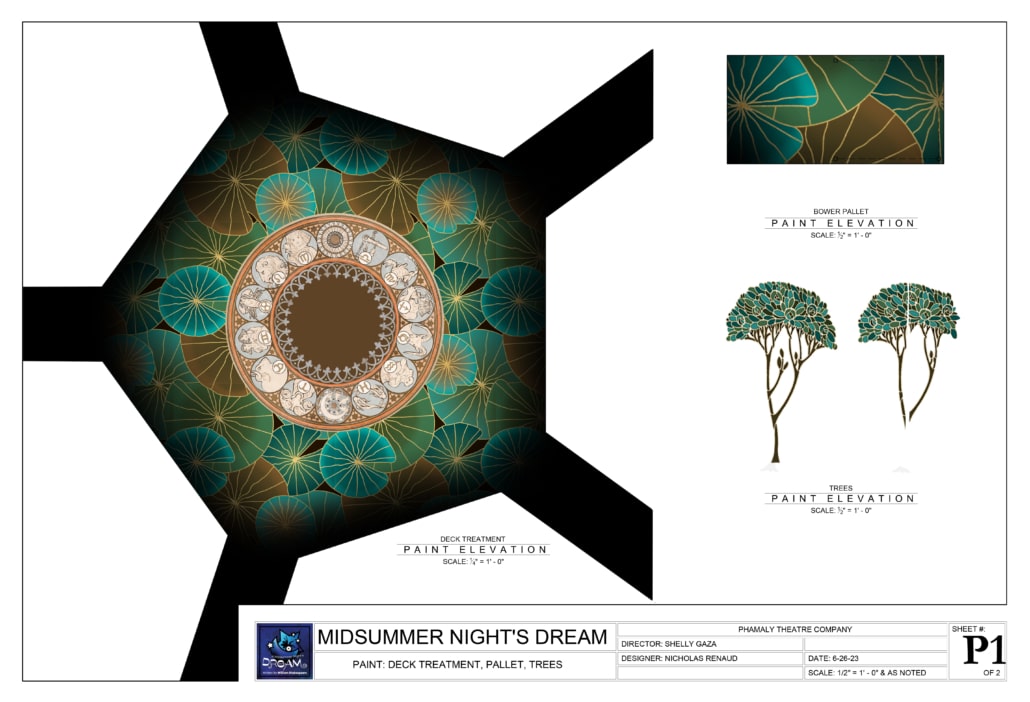DCPA NEWS CENTER
Enjoy the best stories and perspectives from the theatre world today.
Enjoy the best stories and perspectives from the theatre world today.

Phamaly Theatre Company returns to the Denver Center for the Performing Arts, bringing to life the enchanting world of William Shakespeare’s A Midsummer Night’s Dream. This witty romantic comedy, known for its tangled web of love, mischievous fairies, and magical escapades, will captivate audiences through the glitz and glamour of the 1920s.
Phamaly is at the forefront of reimagining and reshaping the theatrical experience and making it more accessible, both for audiences and artists. As the companies embark on its first full-length Shakespearean production, members bring this whimsical tale to audiences craving joy after emerging from a pandemic.
In an interview with Director Shelly Gaza, she revealed the driving force behind this creative choice. She considered the practical aspects that would best accommodate the diverse range of physical abilities among the cast members.
“Corsets and leggings are generally restrictive, and it would have been particularly prohibitive for folks that use wheelchairs or canes,” Gaza explained. The 1920s, with its distinctive silhouette – shorter skirts and the absence of constricting corsets – provided the perfect canvas for unrestricted movement, ensuring every artist could shine on stage.

The romance, art deco, and botanical mysticism of the early 20th century lent to Gaza’s approach to Midsummer. “I wanted it to be magical and find an era that could connect our interior space to the woods,” she shared.
Inspired by the art deco greenhouse movement of the time, Gaza and Scenic Designer Nicholas Renaud collaborated to blur the lines between reality and magic. “I was able to create a space where our Court can meet by day but also have a world drenched in a dreamlike comic romance while our lovers and fairies cross paths in the magic of summer’s night.”
Gaza’s vision further blossomed with Tim Cortez’s help in his approach to the costumes. “When I first heard the concept was the 1920s, I started seeing the green light,” Cortez admitted. “Fantasy meets “The Great Gatsby!” I wanted nothing more than to make it come to life.”

Cortez’s vision for the costumes mirrors the essence of the 1920s – elegant, earthy and brimming with enchantment. Each outfit becomes a poetic expression, translating the complexities of Shakespearean language into visuals that resonate with the audience.
Click here to download the costume design booklet.
Beyond the surface charm, the 1920s holds profound thematic resonance. Gaza highlighted the feminist-inspired movements of the time, drawing parallels between the suffragette movement’s fight for equality and the characters’ struggles to assert themselves in a patriarchal society. The world was in the throes of transformation, emerging from a global pandemic and embracing new possibilities.
The resilience and vibrancy of the 1920s intersect with many challenges and aspirations of the present. This glamorous backdrop serves as an aesthetic choice and a mirror reflecting our desires for joy, transformation and the reclamation of agency.
Mark your calendars and prepare to experience one of Shakespeare’s most beloved works with a fresh twist in a world where magic dances on the edge of reality and love’s folly is timeless.
DETAILS
Phamaly’s A Midsummer Night’s Dream
Aug 17 – Sep 2 • Kilstrom Theatre
Tickets
